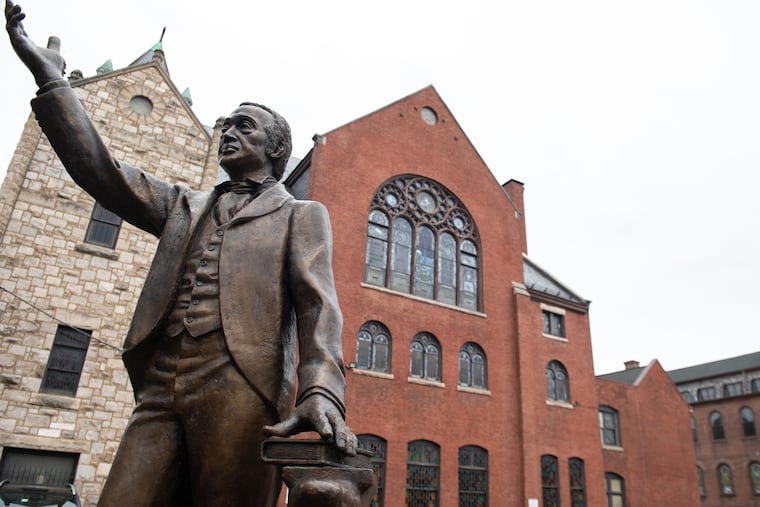Philly’s Black history can be seen through its landscape
From markers to murals to street names, Philadelphia reflects the history of its Black residents — if you know where to look.

From markers to murals to street names, Philadelphia reflects the history of its Black residents — if you know where to look.
